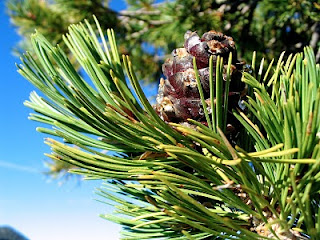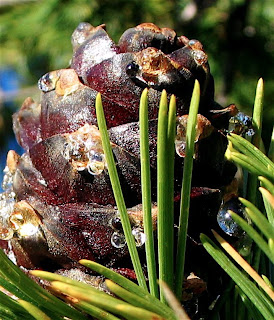I went to Marquam Nature Park on the 18th of this month. This is a little of what I saw.

Indian-plum (
Oemleria cerasiformis) is blooming.

And leafing out. The young leaves taste like the bitter peel of a cucumber.

Bigleaf maple (
Acer macrophyllum) seeds are sprouting.

Lots of them.

Elderberry is also leafing out. This could be red, blue, or possibly black elder (all in the genus
Sambucus). According to
Plants of the Pacific Northwest Coast (known as "Pojar", an author's name), while red elderberries are edible cooked, every other part of the plant is toxic.

And this is a very pretty currant (genus
Ribes).
On the 20th of this month, I went to Forest Park.

Stinging nettle (
Urtica dioica) is already at least a foot tall along the main trail where it grows in patches. Stinging nettle has perennial rhizomes that send up new shoots each year. In this photo you can see both the new growth at the bottom and last year's tall, dead stalks.

Tiny horsetails (genus
Equisetum) coming up.

This is a special rosette of very tasty leaves. Whenever I find one of these, I taste a leaf. But only one tiny leaf, because up until recently I didn't know what it was. Now I think it is very likely oxeye daisy (
Leucanthemum vulgare), the leaves of which are indeed edible.

This is garlic mustard (
Alliaria petiolata), a non-native supposedly introduced as a culinary herb. I don't understand why, because even the young leaves taste really bitter to me.





































